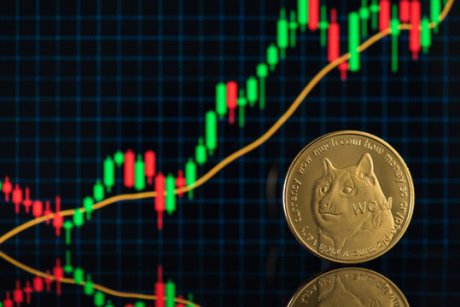
Stablecoin market history Strongest quarterly expansion Since 2021, with net inflows of $41 billion during the third quarter of 2025.
According to To the orbital Stablecoin Retail Payments Index Retail adoption of stablecoins has entered a new phase of stability after a year of intense growth, due to the fact that the cryptocurrency industry is moving from speculative trading to… Practical and daily use In emerging economies.
Retail activity stabilizes as the cryptocurrency market finds its balance
Its stablecoin activity It started to stabilize after a 69% increase in user adoption between mid-2024 and mid-2025. According to the latest report data from Orbital, there were around 3.6 million daily active users in the third quarter, indicating that the market is stabilizing after the excitement of the previous months.
However, the important thing is the size of the retail payouts However it rose somewhat An increase of 4% to $1.77 trillion, although the number of transactions decreased slightly from 1.33 billion to 1.21 billion. This trend indicates larger, more significant transfers replacing the smaller transfers of less than $10,000 that were prevalent in previous quarters.

Tether’s token, USDT, continues to dominate the retail industry, accounting for 83% of all transactions. On the other hand, USDC is the favorite token among DeFi users, accounting for more than 50% of the DeFi market. With regard to cryptocurrency exchange, Binance plays the main role To control a lot of liquidity for both tokens and provide paths for retail payments across emerging markets.
Emerging markets rely on stablecoins to fight inflation
Stablecoins are increasingly being used as a lifeline in struggling economies. This trend has been recognized by financial experts, with Ark Invest CEO Cathie Wood Reviewed it recently $1.5 million forecast for Bitcoin due The growing popularity of stablecoins.
Orbital’s report shows that users in Algeria, Bolivia, and Venezuela are paying staggering premiums of 90%, 77%, and 63%, respectively, to access dollar-pegged tokens. This is a sign that stablecoins are becoming digital versions of the US dollar in these regions. The first percentage of the middle class ranges between 8% and 18% in countries such as Türkiye, Ethiopia, and Argentina.
On the other hand, markets like India, Saudi Arabia and South Africa are showing lower premiums, as improved financial infrastructure makes it easier to buy and sell stablecoins at near-market prices. Some countries, including Colombia and Peru, even trade below break-even, an indicator of strong liquidity and increasing market maturity.

Top countries by stablecoin premium.
It is worth noting that a new generation of blockchain is competing for a share of stablecoin traffic. Binance Smart Chain remains the leader in retail remittances but saw growth slow by half in the third quarter.
Aptos has now stabilized following its massive hack earlier in the year, while Plasma, the latest entrant, posted a record $7 billion in deposits within days of launching its native token, XPL.
Tron has also continued its steady rise due to its heavy use of USDT, and Ethereum has seen the total supply of stablecoins increase by $35 billion.

Stablecoin wallet-to-wallet transfers
According to CoinGecko data, the market cap of stablecoins today is approximately $311 billion.
Featured image from Unsplash, chart from TradingView

Editing process Bitcoinist focuses on providing well-researched, accurate, and unbiased content. We adhere to strict sourcing standards, and every page is carefully reviewed by our team of senior technology experts and experienced editors. This process ensures the integrity, relevance, and value of our content to our readers.
The post Stablecoin Payments Surge $41 Billion In Q3 2025 first appeared on Investorempires.com.



